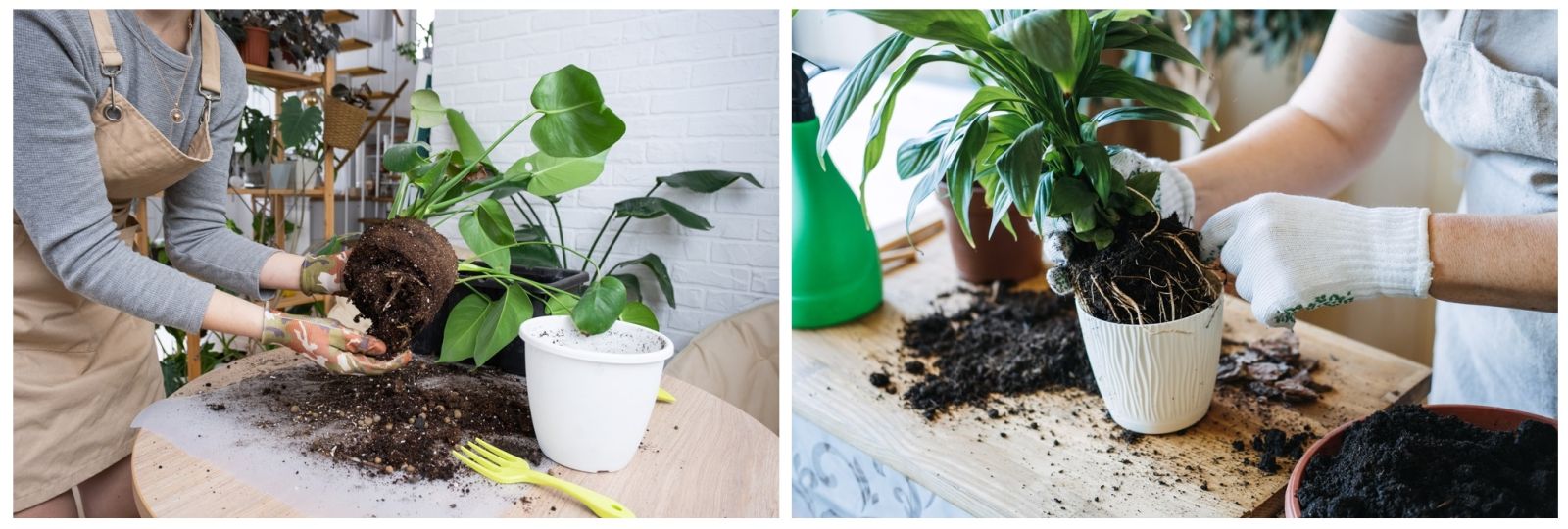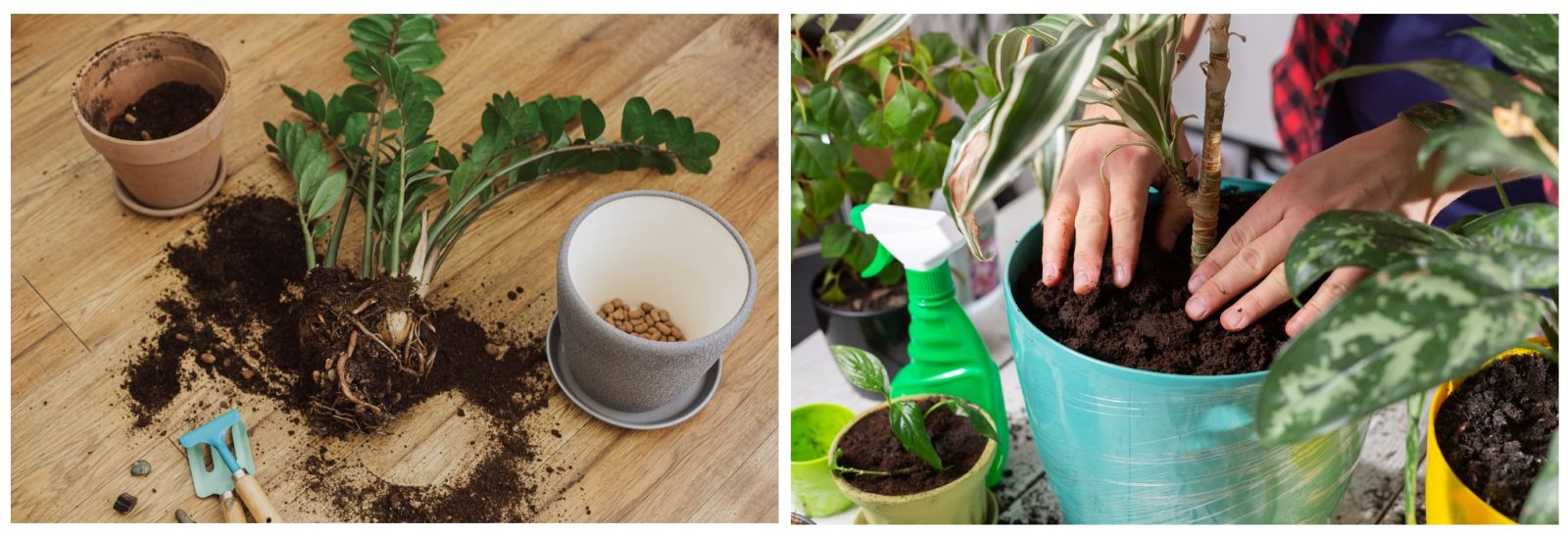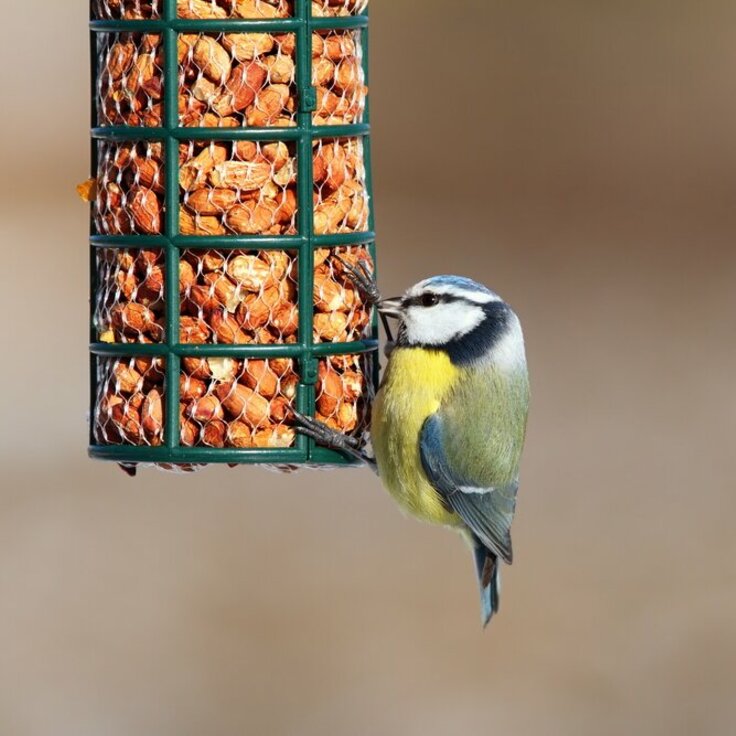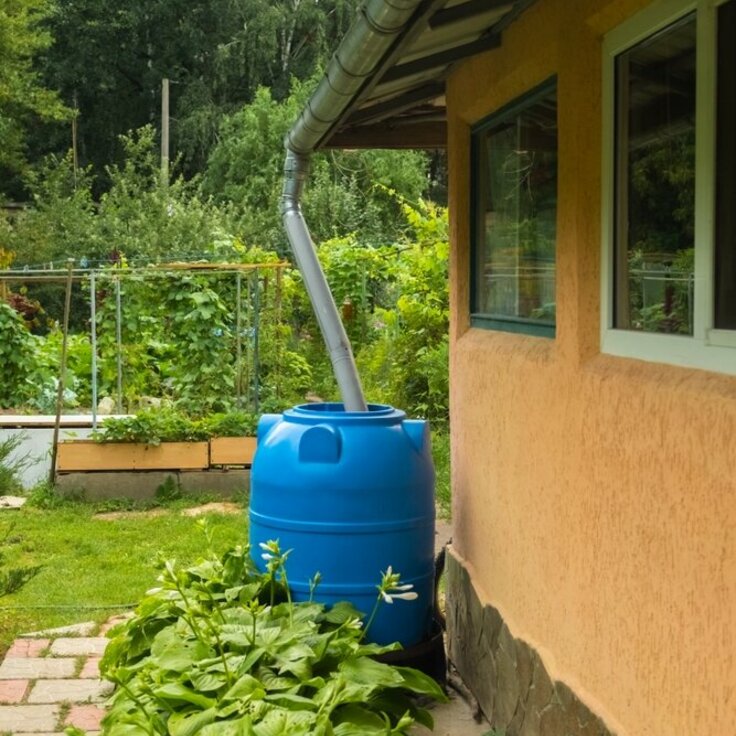Key Tips for Repotting Houseplants
Repotting your houseplants is essential for their continued health and growth. Whether you’re just starting out or have been caring for plants for years, knowing the right timing and techniques for repotting is crucial. This guide will provide you with important tips and strategies to ensure your houseplants transition smoothly to their new pots and continue to thrive. We’ll discuss the best times to repot, recommended practices, and considerations for repotting during the winter months. Let’s get started!
When Is the Best Time to Repot Houseplants?
The first thing to consider is when to repot your houseplants. Spring is typically the optimal season for repotting. As plants emerge from their winter dormancy and enter the growing season, they are better prepared to handle the stress of repotting. If you observe that your plant has become root-bound—roots pushing through drainage holes or soil drying out too quickly—it’s time to move it to a larger pot.
For slow-growing plants like cacti and succulents, repotting every two to three years is usually sufficient. On the other hand, faster-growing plants, such as Monstera or Pilea, might need repotting annually.

How to Repot Houseplants
Now that you know when to repot, it’s time to learn the proper procedure. Repotting is a simple task, but following these key steps will help your plant adjust to its new pot with ease.
Step 1: Choose the Right Pot
Selecting the correct pot is a crucial part of the repotting process. For smaller plants, a compact pot might be sufficient, but as your plant grows, you’ll need a larger one. Consider using a tall pot for plants with deep roots or a narrow growth habit. Terracotta pots are popular due to their natural look and breathable properties, which help manage soil moisture. Pots with legs are also a good option, as they provide extra height and ensure proper drainage.
Step 2: Prepare Your Plant
Before starting, make sure you have all the necessary supplies. You’ll need a new pot, potting mix for houseplants, and possibly some plant food. It’s also a good idea to water your plant the day before repotting, making it easier to remove from its old pot without damaging the roots.
Step 3: Repotting Process
Gently take your plant out of its current pot. If it’s stuck, lightly tap or press the pot to loosen the roots. Place a layer of fresh potting mix at the bottom of the new pot. Position the plant in the center and fill around the roots with more mix. Lightly press the soil to secure the plant in its new home.
What You Need to Repot a Houseplant
Before you begin, make sure you have all the necessary tools and materials. This will streamline the process and ensure your plant gets the best care. Here’s a checklist of what you’ll need:
- New pot: Select one that’s slightly larger than your plant’s current pot.
- Potting mix: Use high-quality mix designed for indoor plants.
- Plant food: Feed your plant after repotting to encourage growth.
- Watering can or spray bottle: To water your plant before and after repotting.
- Gloves: Protect your hands with gardening gloves, especially if handling spiky plants.
- Scissors or pruning shears: To trim any dead or damaged roots.
- Drainage material: Such as clay pebbles, to ensure proper drainage.
Repotting Houseplants in Winter
Many people wonder if it’s possible to repot houseplants during winter. Although spring is typically preferred, winter repotting may be necessary for plants that are severely root-bound or showing signs of poor health, such as yellowing leaves or stunted growth.
If you decide to repot in winter, be extra cautious. Plants receive less light and are in a dormant phase, making them more prone to stress. Choose a pot that is only slightly larger than the current one to avoid overexposing the roots. Use high-quality potting mix and avoid overwatering, as the plant’s growth is slower and the soil will retain moisture for longer.

Care After Repotting
After repotting, it’s important to provide your houseplants with the care they need to adjust to their new environment. Place the plant in a well-lit spot, but avoid direct sunlight, especially if you’ve used a terracotta pot, as these can heat up quickly and cause stress. Keep the potting mix moist but not overly wet. In the weeks following repotting, consider feeding your plant to support its recovery and growth.
Where to Buy Pots and Supplies
Whether you need a large indoor pot, a tall planter, a terracotta pot, or a pot with legs, you can find all these items at your local garden center. Shopping at a garden center also allows you to pick up the right potting mix and plant food in one convenient trip, making repotting your plants easier.
Repotting is a key part of maintaining healthy houseplants. By knowing the right timing, techniques, and materials, you can help ensure your plants remain healthy and vibrant. Choose a pot that suits your plant’s needs and matches your home’s decor. Visit your local garden center for a variety of pots and other essentials. With the right care and attention, your houseplants will thrive in their new surroundings!








